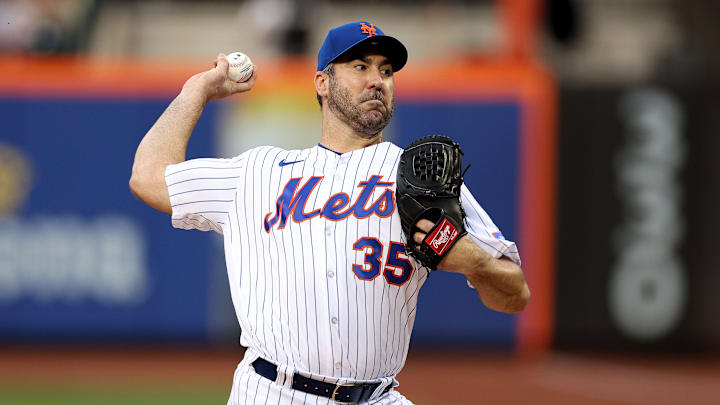The New York Mets woke up today a different organization than they were yesterday, as they pulled off something that was inconceivable at the start of the offseason, a fire sale unlike anything this franchise has seen before. They traded away six players that combined for 18 All-Star nods, six Cy Young awards, and 7,218 innings pitched in their careers, and made seven trades.
And the Mets brought in eight prospects, seven of them rank in the top 22 in the team's MLB Pipeline prospect rankings, and two relievers to help the big league club get through the rest of the season. It is the result of one of the most dramatic pivots a team has ever made in sports, and the Mets should get some credit for recognizing their situation.
So let’s grade each of the seven trades the Mets made over the past week in chronological order:
1) The New York Mets dealt their closer, David Robertson, to their division rival Miami Marlins in exchange for two intriguing prospects.
My first reaction to this deal was “What on earth are the Mets doing, selling low on the best reliever available at the trade deadline.” But when you look closely at the players they got back, players that won’t be ready for another four years, it looks like the Mets did relatively fine.
The Mets had to deal their closer David Robertson to somebody, as he turned out to be the best reliever dealt prior to Tuesday’s trade deadline, and they needed to bolster a farm system in need of a boost, and the two farmhands they got back have been killing in so far.
Marco Vargas, an 18-year-old middle infielder, and Ronald Hernandez, a 19-year-old catcher, both of whom hail from Venezuela, rank in the top 10 in the Florida Complex League (Rookie ball) in Fangraphs’ wRC+ through July 31 (Hernandez at 156 and Vargas at 146), and have both shown excellent plate discipline, as each has walked in more than 20 percent of their plate appearances while striking out less than 20 percent of the time.
Both project to be above average hitters, while Hernandez has strong fielding and arm techniques behind the plate.
Robertson’s brilliant four months filling in for Edwin Diaz (2.05 ERA in 44 innings pitched) nets the Mets two quality prospects. Not a bad return for a 38-year-old closer who is four years removed from Tommy John surgery.
Grade: B
